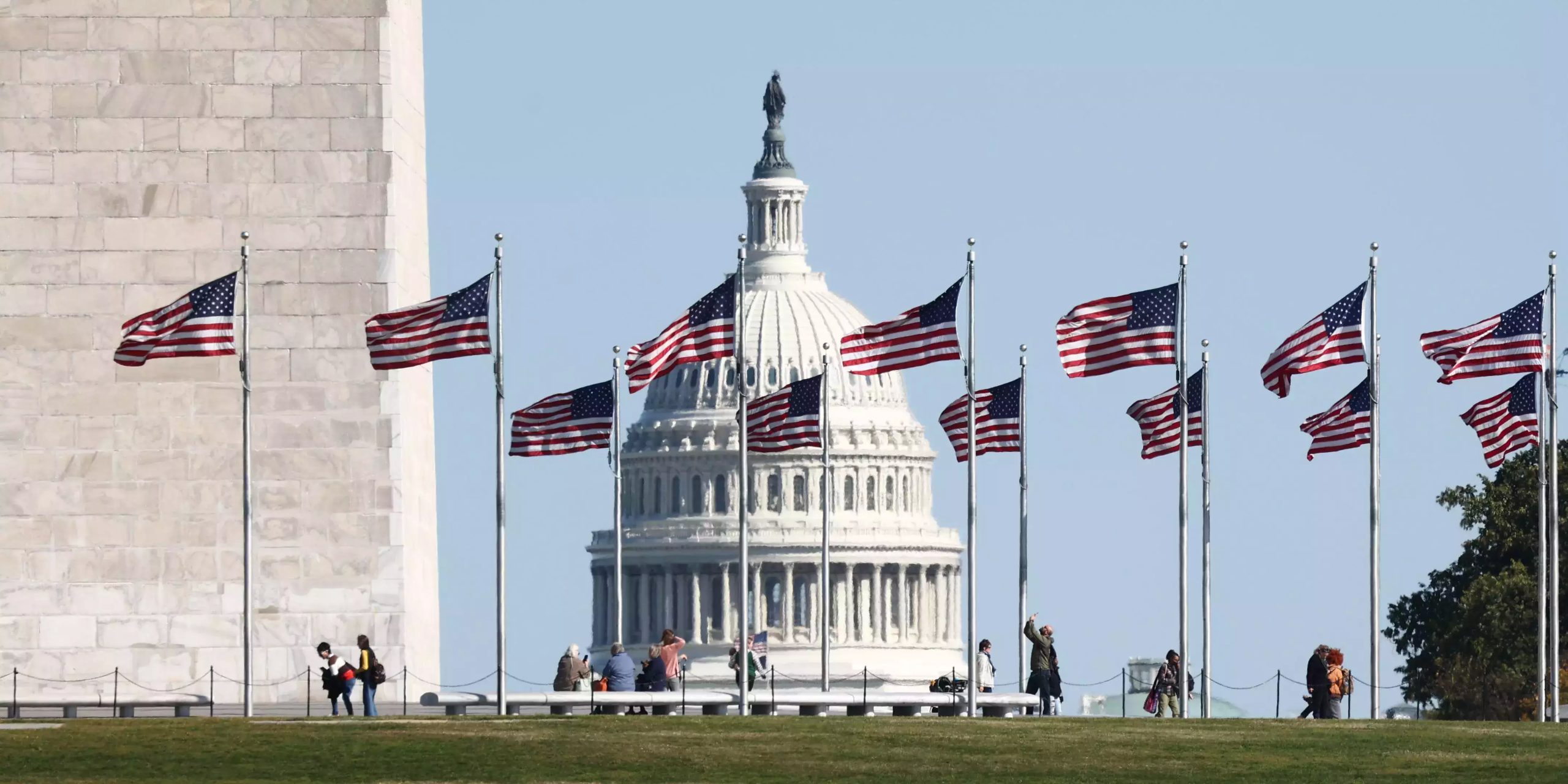Lately, US Treasurys have been losing their status as the go-to asset for investors seeking safety during times of uncertainty and panic. The historic bond sell-off and concerns about rising default risks have significantly impacted the reputation of Treasurys as a safe haven.
Financial markets have been engaged in a heated debate over the potential risks associated with Treasurys. Moody’s recently lowered the US credit outlook to “negative,” indicating the possibility of a future downgrade. This move reflects concerns about the soaring debt levels and the vulnerability of bond prices due to the Federal Reserve’s rate hikes.
Economist Mohamed El-Erian and Seema Shah from Principal Asset expressed doubts about Treasurys being a reliable safe asset in recent interviews. A Dallas Federal Reserve paper also highlighted the liquidity and interest rate risks associated with long-term Treasury bonds. Additionally, credit default swaps on Treasurys have seen increased spreads, indicating a higher cost of insuring against defaults.
The debt-ceiling drama and the US credit downgrade by Fitch further exacerbated concerns about the safety of Treasurys. Moody’s warning about a possible downgrade raised alarms regarding the default risk associated with US debt.
Investor skittishness has been evident in weak demand for long-dated Treasurys at auctions and the demand for higher compensation to carry Treasurys due to increased risk. Despite this, some analysts, such as TD Securities analyst Gennadiy Goldberg, believe that Treasurys still serve as a safe haven in times of market turmoil.
However, the ongoing debate about the safety and reliability of Treasurys in the face of rising default risks and debt sustainability concerns has raised significant doubts about their status as a safe asset for investors. If these concerns continue to mount, the appeal of Treasurys as a safe haven could diminish, potentially leading to profound shifts in the financial markets.

I have over 10 years of experience in the cryptocurrency industry and I have been on the list of the top authors on LinkedIn for the past 5 years. I have a wealth of knowledge to share with my readers, and my goal is to help them navigate the ever-changing world of cryptocurrencies.











